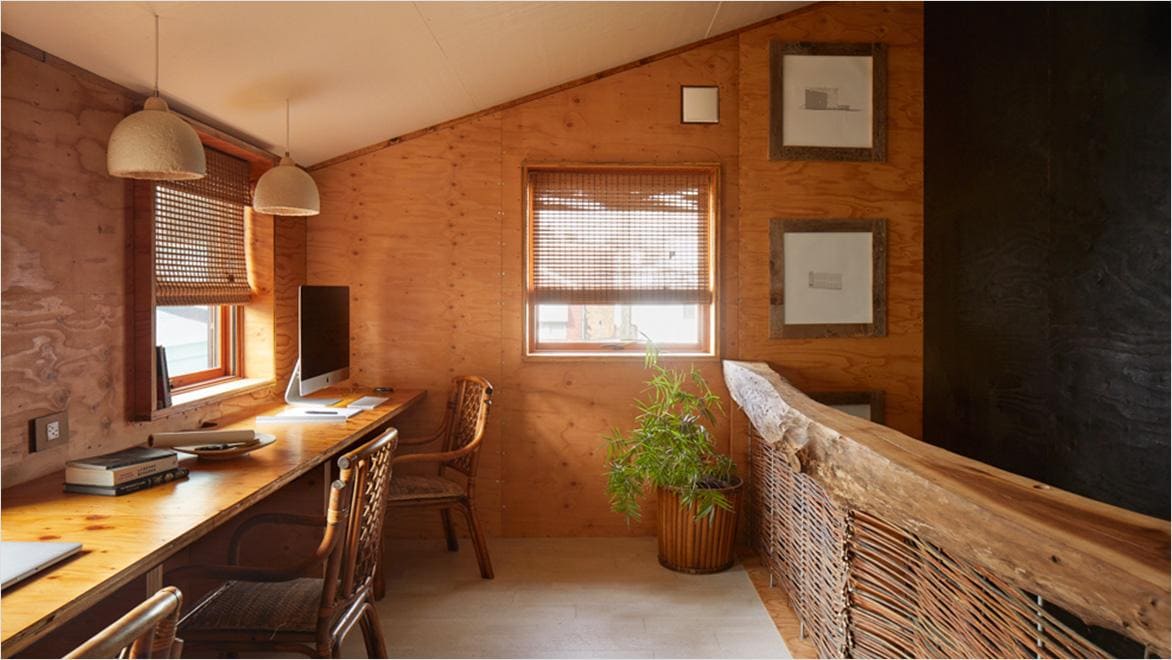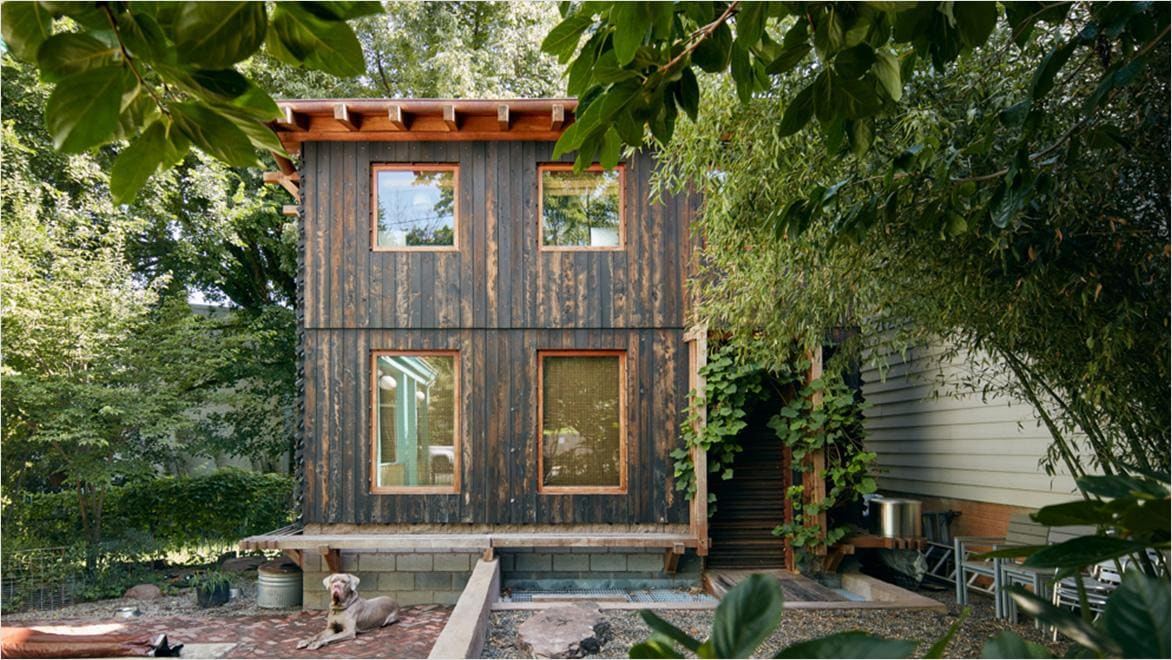Mass timber was developed in Europe during the 1990s and has been gaining traction in North American since the mid-2000s. The first modern tall wood building in the United States topped out in 2016, preceded by several projects in Canada.
And while high-rise mass timber projects get the lion’s share of attention, this building system is well-suited to nearly any building type, including big-box stores, university facilities, sports venues and bridges. Compared to steel and concrete, mass timber is lightweight and arrives onsite precut and sized to be installed. This creates cleaner, safer construction sites that function more like those using prefabricated building materials, versus concrete that needs to be poured or steel that’s yet to be welded. Structurally, mass timber works with a variety of framing systems, from simple post-and-beam construction to panelised systems, and various hybrid steel reinforcements.
Timber construction design’s rise is fuelled by its status as a renewable resource – an exceedingly rare characteristic for any building component. What’s more, trees sequester carbon dioxide as they grow, an exemplary benefit of mass timber. Furthermore, mass timber expends relatively little carbon emissions to harvest and shape into useable components. Mass timber is the subject of extensive academic research, pushing the material into new horizons of building performance and novel forms. And, the regulatory and building codes climate is catching up. The 2021 International Building Code approves CLT for buildings up to 18 stories tall, a relatively unprecedented evolution incorporating a completely new building material system into the code structure in one fell swoop.













